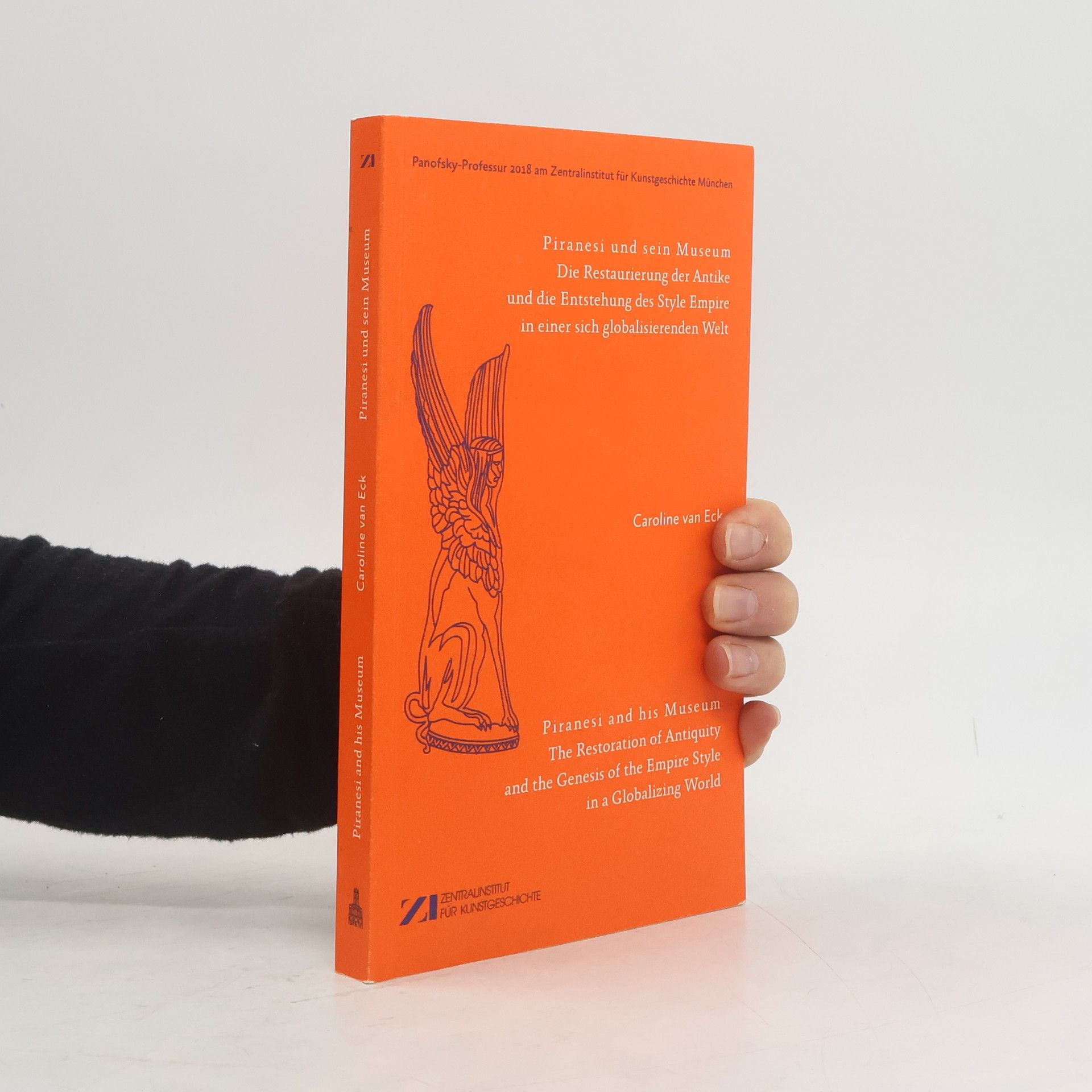Die Entwicklung und der Wandel von Stilen wird üblicherweise als Prozess verstanden, der von Menschen ausgeht: dem Künstler, dem Sammler und manchmal dem angesprochenen Publikum. Dieses Buch bietet eine andere Perspektive auf den Stilwandel, ausgehend vom Vorhandensein und der „Agency“ von Artefakten. Angeregt von neuen Konzepten in der Archäologie und Psychologie konzentriert sich die Studie auf die Jahrzehnte um 1800 und rekonstruiert die Entstehung des Klassizismus, der durch das Aufkommen neuer „object scapes“ in Rom und Paris geformt wurde, die wiederum Folge des massiven Austauschs von Objekten in einer Phase des politischen Umbruchs der Jahre 1789 bis 1815 waren. Die Verfasserin erklärt den Stilwandel, indem sie über künstlerische und ästhetische Kriterien hinausgeht. Im Zentrum dieser Untersuchung steht dabei Piranesis Museo mit seinen dort entstandenen Artefakten.
Caroline van Eck Book order

- 2019